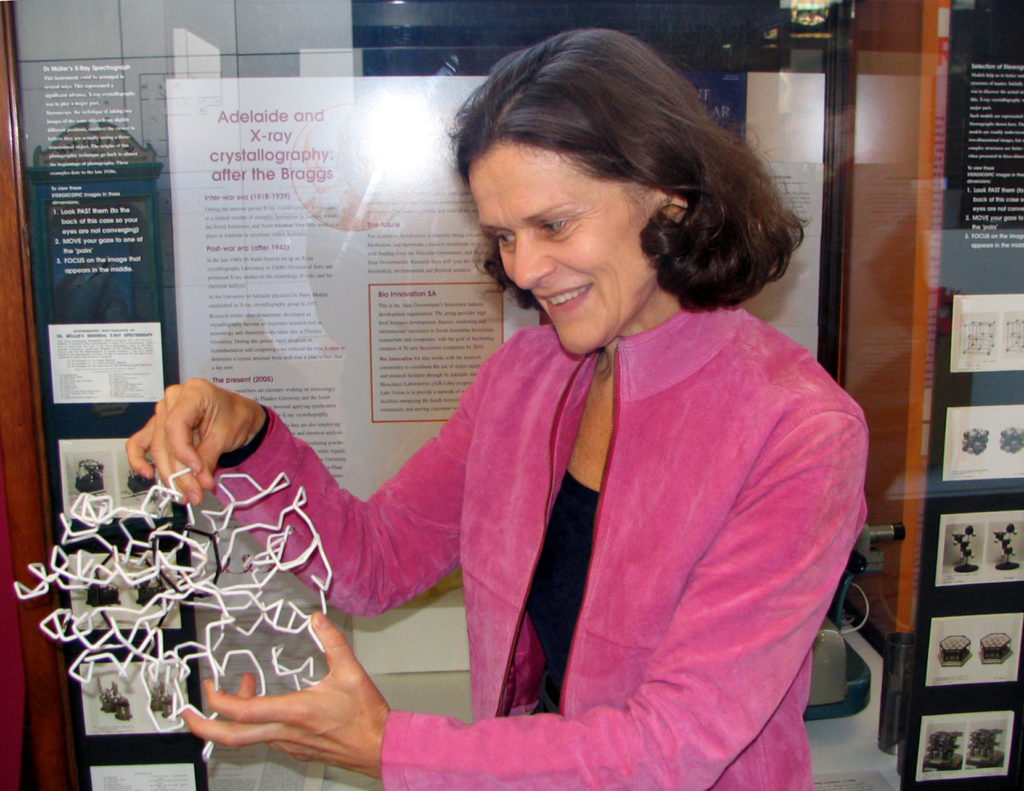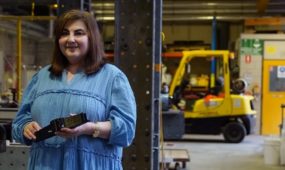Technology mix the key to unlocking enzyme dynamics
Technology
Australian researchers have used a unique combination of cutting-edge technologies to discover a biochemical mechanism fundamental to life.

Sign up to receive notifications about new stories in this category.
Thank you for subscribing to story notifications.
The breakthrough could eventually lead to a wave of new products hitting the shelves – from washing detergents to bio-fuel and pharmaceuticals.
University of Adelaide Professor Maria Hrmova headed a research team of scientists from seven countries in the project over a number of years.
It has been published in Nature Communications today.
“We were studying a plant protein and we were looking at dissociative pathways, how substrates and products are moving in the active site,” Professor Hrmova said.
“Because these processes are extremely fast, we are talking nanoseconds … it is nearly impossible to follow them in your experiment.
“So you’ve got to combine different techniques and find out how that happens, and we are very lucky to apply a number of biochemical techniques and employ experts from all around the globe and then uncover how the particular enzyme can bind and release reactions, so substrates and products.”
There are up to 80,000 enzymes operating in plant and human bodies at any one time. Their main function is to accelerate biological reactions.
Given the speed at which the process occurs, Professor Hrmova and her team needed to utilise high resolution X-ray crystallography, enzyme kinetics, mass spectrometry, nuclear magnetic resonance spectroscopy and multi-scale 3D molecular modelling tools.
“Using computer simulations, we discovered a remarkable phenomenon during initial and final catalytic events near the surface of the plant glucose-processing enzyme. The enzyme formed a cavity which allowed the trapped glucose to escape to allow for the next round of catalysis,” she said.

Professor Hrmova, pictured above, said the availability of new computer software from Spain was key in allowing the team to unlock knowledge on enzyme dynamics that was previously inaccessible.
“We basically discovered this phenomenon something like 10 years ago and we couldn’t explain it,” she said.
“We did not give up, basically and because we were lucky and the software was released last year we could effectively solve the problem.”
Professor Hrmova said the research could lead to the development or manufacture of products through novel forms of bioengineered enzymes in a range of industries, including pharmaceuticals.
She said the research team could now consult biotechnology companies on the discovery to enable the production of specific enzymes for medicines.
The discovery could also be used to create bio-fuels for use in cars or to strengthen washing powders and get rid of stains or dirt.
“Being able to describe these minute and ultra-fast processes – unable to be captured via usual experimental techniques – means we can now work to improve enzyme catalytic rates, stability and product inhibition,” Professor Hrmova said.
“We can now design better proteins, faster proteins, more tolerant proteins.
“These discoveries are made once in a generation.”
Jump to next article



